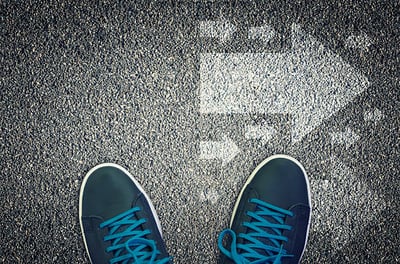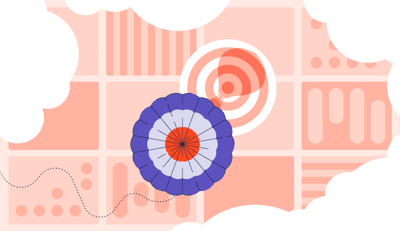
Have you ever felt a genuine connection with a brand?
It's more than just the products or services they offer. It's a sense of familiarity, even affection. What drives this loyalty, this pull we feel towards certain brands?
The answer lies in brand archetypes. It's not just about reaching the right demographic; it's about connecting emotionally.
The main ingredient behind these businesses' success is marketing to the right audience. Some companies use brand intelligence software to dig deeper into customer insights. It might sound like a piece of cake, but it actually takes a lot of time and research to really capture your customer persona.
But it’s well worth it. When creating your next marketing campaign, find your brand’s archetype to resonate with your audience and turn potential customers into returning customers.
Brand archetypes provide a framework based on human psychology that helps brands connect with their audience deeply and meaningfully to build authenticity, loyalty, and trust.
In 1919, Swiss psychiatrist Carl Jung developed 12 archetypes. Based on his studies that theorized humans use symbolism to understand complex concepts. These archetypes model the behaviors of different personalities based on universal patterns. These distinct human behaviors and personality traits influence brands to identify with their core customers.
Once you find the correct archetype, align a cohesive brand marketing plan to market to this audience. This quote by Carl Jung really summarizes the meaning behind archetypes well:
This marketing tool improves how your brand markets to your audience, allowing you to connect on a deeper level and achieve a more authentic brand purpose. Brands have been using archetypes for decades to connect with their customers and attract new customers by creating a difference from their competition.
Before you can really dive into your marketing plan, you need to explore the 12 different archetypes to find which one best identifies with your brand. You will usually want to choose two that best represent your brand, but always choose a primary archetype to be your main focus. Then, add just a little sprinkle of the secondary archetype.
All of these are unique in their own ways and have different traits and characteristics. Each archetype has its own color scheme, so you can attract more customers by using these enticing colors in your marketing. Exploring examples from well-known brands is a great way to understand each archetype.
The caregiver is just like it implies. These people tend to be nurturing, protective, and reassuring. As a caregiver, they tend to care for others and desire to show compassion. That is why they relate so well to brands, maintain customer loyalty, keep in touch with others, and appear generous. The color scheme used in your marketing should focus mainly on pastel colors such as blues, pinks, and purples. Commercials and products by Huggies and Pampers really use these colors to attract the caregiver.
A few brands come to mind when talking about the caregiver archetype. The top brands tend to be geared toward babies. As we mentioned, Huggies and Johnson & Johnson. Their products are not only geared toward the caregiver, but they also use their ads to get the job done. Campbell’s Soup is also a great example, especially with its commercials geared toward warming the soul.
The creator archetype is associated with brands that use their imagination and innovation. These brands truly believe that inspiration and imagination build value. They use their minds to explore and believe in doing things themselves. The colors behind the creator are bold, like oranges and reds. Sometimes, brands also add a hint of teal and black to really stand out. Computer brands like Adobe and Apple often do this.
Brands like Lego, Apple, Adobe, and Crayola are great brands that market to the creator. Lego and Crayola really capture this archetype with the colors they use in their marketing, such as reds and oranges. Brands like Apple and Adobe rely on their creative products to promote thinking outside the box and market toward creators. Especially with Adobe’s product Photoshop, they can create ads that spark interest in the creator.
The best way to describe the everyman archetype is friendliness. The everyman represents equality; these people are very supportive, faithful, and humble. The goal of the everyman is to make everyone feel welcomed and like they belong, all through kindness and honesty. Calming colors represent the everyman, such as blue-greens, sage green, and navy blue. This is why you might see these colors in ads from stores like Old Navy and Target.
Brands like Home Depot and Target are well-known companies that market to the everyman. Old Navy and Target really use their commercials by always including every type of person, from children to the elderly. Plus, they use catchy music to spread love and unity.
Unsurprisingly, the explorer archetype is fearless, adventurous, and exciting. The explorer is a traveler who likes to try new things and take risks. Full of ambition, they want to be spiritually free. Colors geared towards the explored are natural colors like browns, grays, and dark oranges. Car companies advertising SUVs tend to use marketing that attracts the explorer.
Jeep and Red Bull are the main brands that come to mind when discussing the explorer archetype. Jeep uses marketing tools to promote going off-road and exploring new adventures, which the explorer craves. Red Bull's “Red Bull gives you wings” slogan gives the explorer that fearless feeling.
The hero archetype is courageous, bold, and brave. They believe in honesty and making the world better through courage and determination. Marketing should be focused on energy and discipline for all. Colors associated with the hero tend to be blues and brighter yellows. Think of brands that use bright colors, like Gatorade and Powerade.
Gatorade comes to mind when thinking about brands that use blues and yellows correctly in their marketing plan. Nike is the perfect example of how to market to the hero. Their ads are always geared towards determination and even use the bold slogan, “Just Do It.” When it comes to using the right colors, not only do they use them in their ads, but they also consider those colors when designing their shoes.

The innocent archetype is described as happy, romantic, and youthful. They like to be reminded of the simplicity of childhood and believe in inner peace. When marketing to the innocent, focus on spring and lively pastel colors such as teal, light green, and bright pink. Sometimes, it is hard to pinpoint the perfect strategy when attracting the innocent, but think of wholesome brands like Aveeno.
Coca-Cola is known to market to the innocent by taking its consumers back to their childhood. However, Dove really stands out when thinking about a brand that most accurately represents the innocent. Using the right colors on their products and marketing campaigns, they also use their campaigns wisely by really bringing out the good in people, which is what the innocent archetype is all about.
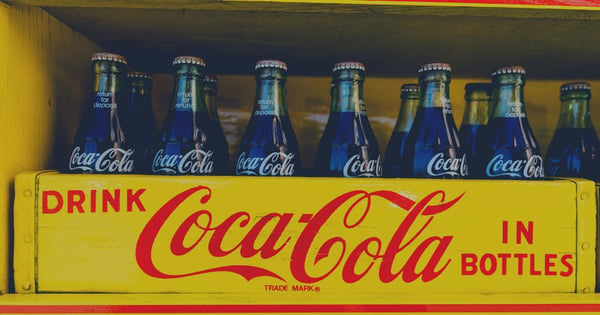
Of course, the jester is humorous, playful, fun, and mischievous. This archetype is always about having a good time and a good laugh, all while also being optimistic. The colors used for the jester also come as no surprise, as they are fun and creative. Colors like teal, dark purple, and hot pink should be used. Many brands, such as Old Spice and M&M, tend to identify with the jester.
When thinking about M&M, they use the right colors in their ads and silly candy to attract the jesters. Old Spice is another brand that uses humor in its ads to connect with the jester archetypes. Or even Dollar Shave, which uses the slogan “Shave Time, Shave Money.” The list is endless for brands that market toward the jester, and it seems to work.
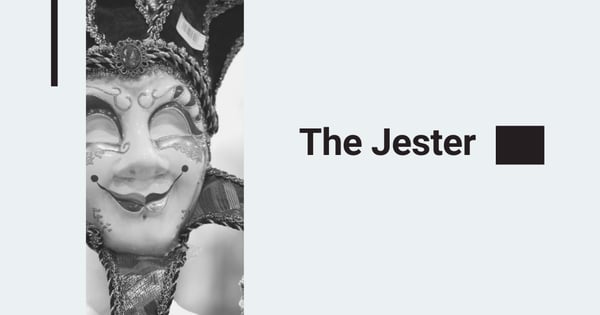
The lover is known to be intimate, passionate, and fully committed. They want to be desired and show their affection. Some of the best ads representing the lover include beauties like Marilyn Monroe. Or other iconic models like Cindy Crawford and Tyra Banks. Use romantic colors such as pinks, reds, and purples to attract the lover.
Many beauty brands and perfume companies like Estee Lauder use marketing towards the lover with their sexy commercials. But Victoria’s Secret is the ultimate lover brand. From using the right colors in their marketing to even using the name of their sales, they really know how to target the lovers.
The magician is just that, magical. They are spiritual, powerful, and well-informed. The magician archetype believes that all dreams can come true if you can have a little bit of hope and faith. The colors of the magician remind me of a unicorn: bright blues, pinks, and purples. Dyson may not use the colors, but they offer wonder and amazement with their commercials and ads.
Of course, the most magical brand of them all is Disney. They are the perfect example of how to market to magicians. From marketing their parks by stating it is the place where all dreams come true to their hopeful and inspirational movies, Disney really can attract magicians of all ages.
The rebel is, of course, disruptive, rebellious, and very independent. They like to break all the rules and question authority. This archetype believes in freedom for all while also being rough and tough. The rebel is attracted to bold colors like orange, red, black, and silver. Think of brands like Harley Davidson when using these colors correctly in marketing campaigns.
Some radical and rebellious brands, like Virgin and Harley Davidson, come to mind. But as we mentioned, Harley Davidson is the perfect example, especially in how it uses colors. The colors are well represented in its logo and ads, and it also uses its ads to talk about freedom for all.
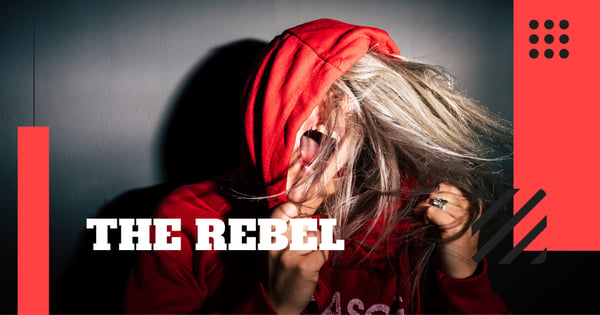
The ruler is responsible, reserved, and stern. They prefer order over chaos. The ruler also believes in rewarding their accomplishments with luxurious items, which is why high-end fashion brands like Louis Vuitton usually market to them. The colors are basic but full of power, like green, blue, and red.
Luxury car companies stand out the most regarding brands that market to the ruler. Fashion Brands like Burberry are also good examples. However, brands like Lexus and Mercedes-Benz really use their commercials to attract the ruler archetypes by showing their luxurious cars and hinting at ways to reward yourself with their cars.
The sage archetype is influential, experienced, and full of knowledge. Think of a mentor that is full of wisdom like Yoda. The colors that should be used to market the sage include all shades of green, from sage green to dark forest green.
Barnes and Noble really come to mind, especially when considering their colors. The dark green in their logo and the idea behind their products are books full of knowledge. All of these things intrigue and spark the interest of the sage archetype.
Defining your brand archetype is a powerful tool for building a strong and memorable brand. It shapes your brand identity, voice, messaging, and how customers engage with you. Here's a step-by-step guide to help you find the perfect archetype:
Identifying your brand archetype goes beyond simply picking a trendy category. It's a strategic deep dive that unlocks the core values and identity that make your brand unique.
Aligning with a specific archetype allows you to craft a consistent and captivating personality that resonates deeply with your target audience. However, navigating this process and integrating it seamlessly into your marketing plan can be complex.
Here's where creative service providers can be your brand's secret weapon. Their expertise lies in pinpointing the perfect archetype that aligns with your essence. They then provide a comprehensive guide, including:
The journey to a powerful brand begins with understanding the true potential of archetypes. Once you grasp their strategic power, the first step is to delve into your brand's core and understand your target audience. Taking these initial steps unlocks the key to building a deep connection and shaping a brand that resonates.
With this knowledge, you can craft targeted marketing strategies that speak directly to your ideal customer's emotional core. The rewards are substantial: a strengthened brand identity, a powerful emotional connection with your audience, and a surge in customer engagement. By embracing the power of archetypes, you can unlock your brand's full potential and forge a lasting connection with your customers.
Looking to better build your brand? Learn about brand activation.
This article was originally published in 2020. It has been updated with new information.
Gaetan Gabor is the digital marketing manager at Ivio Agency, where they specialize in branding services. The Ivio Agency team understand your brand is more than just a logo and a pretty website, it demands to be experienced. Your brand story deserves to be told beautifully, intentionally, and consistently across all touch points.
Ever browsed a product on your phone, then headed to a store and instantly recognized it from...
 by Julia Schonrock
by Julia Schonrock
When it comes to business, branding is everything.
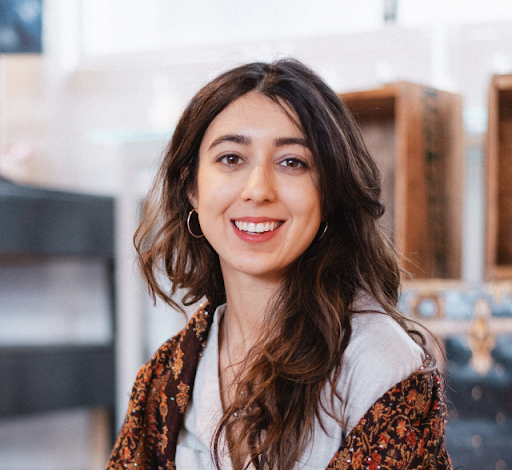 by Annisha Lashand
by Annisha Lashand
Your brand isn't just a logo, it's the feeling you evoke, the values you champion, and the...
 by Jordan Wahl
by Jordan Wahl
Ever browsed a product on your phone, then headed to a store and instantly recognized it from...
 by Julia Schonrock
by Julia Schonrock
When it comes to business, branding is everything.
 by Annisha Lashand
by Annisha Lashand

